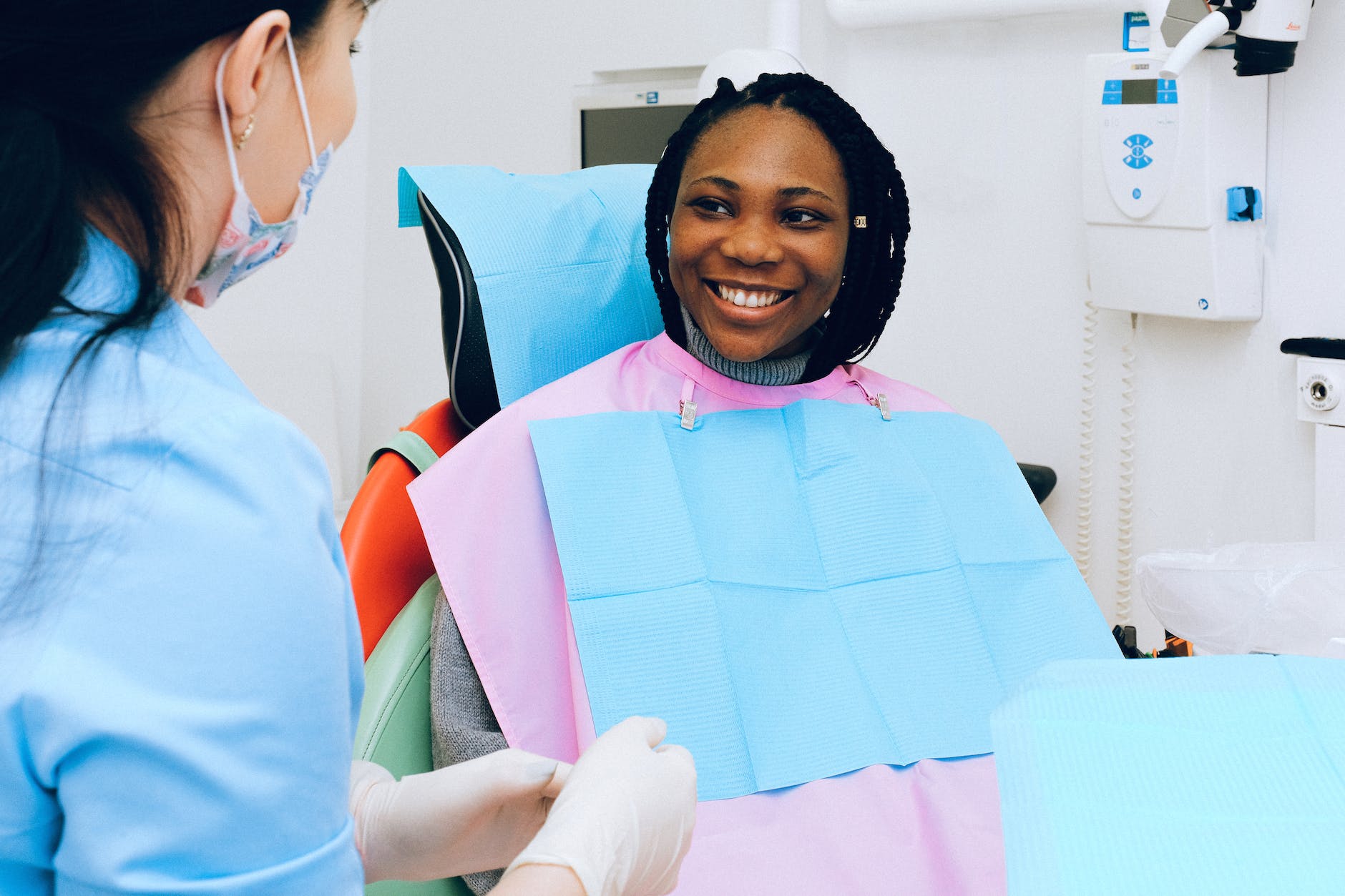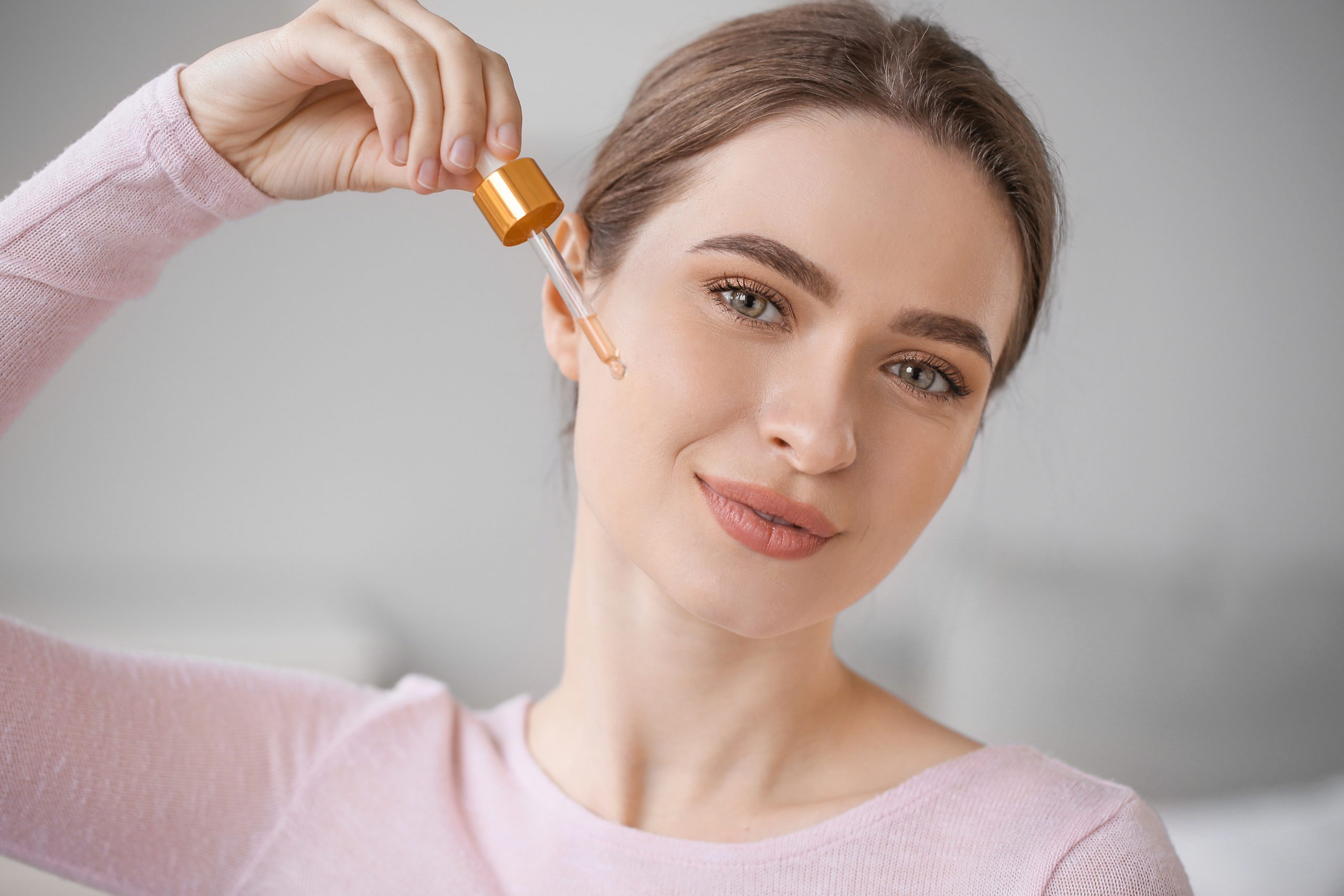
In the vast realm of skincare, nature often presents solutions that have stood the test of time, offering relief even when modern medicine seems to falter. One such age-old remedy that has been whispered down generations is olive oil. This golden liquid, often dubbed as ‘liquid gold’, has been a staple in Mediterranean diets and beauty regimens for centuries. Its rich, nourishing properties have made it a sought-after ingredient in countless skincare products, and its benefits seem to transcend beyond mere hydration.
Psoriasis, a skin condition that affects millions worldwide, is characterized by red, itchy, and scaly patches that can be both physically uncomfortable and emotionally distressing. The quest for relief from this persistent ailment often leads individuals down a path of endless creams, medications, and therapies. Amidst this vast array of treatments, the humble olive oil emerges, not as a cure, but as a comforting balm, offering solace to inflamed skin.
But what is it about olive oil that makes it effective against such a stubborn condition? Is it the rich blend of antioxidants, the anti-inflammatory properties, or the deep moisturizing capabilities? Or perhaps, it’s a combination of all these factors, working in harmony to soothe the skin. As we delve deeper into the relationship between olive oil and psoriasis, we aim to uncover the science behind this natural remedy and provide insights into its therapeutic potential.
Understanding Psoriasis and Its Challenges
Psoriasis is more than just a skin condition. It’s an autoimmune disease that can affect various parts of the body, with the skin being the most visible. The challenges faced by those with psoriasis go beyond the physical. The visible symptoms can lead to self-consciousness, impacting mental well-being.
Benefits of Olive Oil Against Psoriasis
Olive oil, especially the extra virgin variety, is not just a kitchen staple but a treasure trove of nutrients that can benefit the skin in multiple ways. Let’s break down the components that make it a potential ally against psoriasis:
Rich in Antioxidants
Olive oil is packed with powerful antioxidants like vitamin E and polyphenols. These compounds help combat oxidative stress, which is often linked to skin inflammation and psoriasis flare-ups. By neutralizing harmful free radicals, olive oil aids in protecting the skin from further damage.
Deep Moisturization
The unique fatty acid composition of olive oil allows it to penetrate the skin’s deeper layers, providing hydration from within. Psoriasis patches, which are often dry and flaky, can benefit immensely from this deep moisturization, reducing itchiness and discomfort.
Anti-inflammatory Properties
Oleocanthal, a compound found in olive oil, has been shown to possess anti-inflammatory properties similar to ibuprofen. This can be particularly beneficial for psoriasis, which is fundamentally an inflammatory condition. Regular application can help reduce redness and swelling associated with psoriasis patches.
Barrier Repair and Protection
The skin’s barrier plays a crucial role in keeping pathogens out and retaining moisture. Psoriasis often compromises this barrier. Olive oil, with its squalene and fatty acids, helps restore and strengthen this barrier, preventing moisture loss and offering protection against environmental irritants.
How to Use Olive Oil for Psoriasis
- Direct Application: After a bath or shower, apply olive oil directly to the psoriasis patches. This locks in moisture and provides relief from dryness.
- Scalp Treatment: For scalp psoriasis, massage olive oil into the scalp. Leave it on for a few hours or overnight, then wash off.
- Olive Oil Bath: Add a few tablespoons of olive oil to a warm bath for an all-over skin treatment.
- Combination Treatments: Mix olive oil with other natural ingredients like honey or aloe vera for enhanced benefits.
Olive oil’s versatility is one of its standout features. It can be used in its pure form or combined with other natural ingredients to enhance its efficacy. Here’s a comprehensive guide on how to make the most of this golden elixir for psoriasis relief:
Direct Topical Application
One of the simplest yet most effective ways to use olive oil is to apply it directly to the affected areas.
- Procedure: After cleaning the skin, take a few drops of extra virgin olive oil on your fingertips. Gently massage the oil onto the psoriasis patches in circular motions, allowing it to penetrate the skin. Leave it on, letting the skin absorb the nutrients. This method is especially beneficial before bedtime, giving the oil ample time to work its magic.
Olive Oil Bath Soak
For those who have extensive psoriasis patches, an olive oil bath can provide all-over relief.
- Procedure: Fill your bathtub with warm water and add 2-3 tablespoons of extra virgin olive oil. Soak in this nourishing bath for 15-20 minutes. Pat your skin dry gently afterward, ensuring you don’t rub off the oil.
Olive Oil and Honey Mask
Honey, with its antimicrobial properties, can be a perfect partner for olive oil, especially for facial psoriasis patches.
- Procedure: Mix equal parts of olive oil and raw honey to form a smooth paste. Apply this mixture to the affected areas and leave it on for about 20 minutes. Rinse with lukewarm water.
Scalp Treatment
Scalp psoriasis can be particularly challenging due to hair hindering the application of treatments. Olive oil can offer relief here too.
- Procedure: Warm a few tablespoons of olive oil (ensure it’s comfortably warm and not hot). Part your hair and apply the oil directly to the scalp, massaging gently. Wrap your head with a towel and leave it on for an hour or overnight. Wash off with a mild shampoo.
Blended with Essential Oils
Certain essential oils, like tea tree or lavender, have properties that can complement olive oil’s benefits.
- Procedure: Add a few drops of your chosen essential oil to a tablespoon of olive oil. Mix well and apply to the psoriasis patches. Ensure you do a patch test first to rule out any allergic reactions to the essential oils.
By integrating olive oil into your skincare routine in these ways, you can harness its full range of benefits, offering your skin the relief and nourishment it craves.
Precautions and Considerations
While olive oil is a natural product, it’s essential to:
- Patch Test: Before slathering it all over, test olive oil on a small skin patch to rule out allergies.
- Quality Matters: Always choose cold-pressed extra virgin olive oil for maximum benefits.
- Medical Advice: If you’re on prescribed psoriasis treatments, consult your dermatologist before introducing olive oil into your regimen.
Conclusion
Olive oil, with its rich nutrient profile, offers a natural avenue for those seeking relief from psoriasis symptoms. By understanding its benefits and incorporating it wisely into a skincare routine, individuals with psoriasis can move towards healthier, more comfortable skin.
Frequently Asked Questions
1. Why is olive oil recommended for psoriasis?
Olive oil is rich in antioxidants, vitamins, and essential fatty acids that provide deep moisturization, reduce inflammation, and help repair the skin’s natural barrier. Its nourishing properties can alleviate the dryness and itchiness commonly associated with psoriasis patches.
2. Can I use any type of olive oil for my skin?
While there are various types of olive oil available, it’s recommended to use extra virgin olive oil for skin applications. Extra virgin olive oil is the purest form, retaining the maximum amount of nutrients beneficial for the skin.
3. How often should I apply olive oil to my psoriasis patches?
For best results, you can apply olive oil to the affected areas daily, especially after bathing when the skin is still slightly damp. If you’re using it for scalp psoriasis, a weekly deep conditioning treatment can be beneficial.
4. Are there any side effects of using olive oil on the skin?
Olive oil is generally safe for topical use. However, as with any natural remedy, it’s essential to conduct a patch test first to ensure you don’t have an allergic reaction. If you notice any redness, itching, or irritation, discontinue use and consult a dermatologist.
5. Can I combine olive oil with other natural remedies for psoriasis?
Absolutely! Olive oil blends well with various natural ingredients like aloe vera, honey, and essential oils, enhancing its therapeutic effects. For instance, a mixture of olive oil and aloe vera can provide added soothing effects for inflamed skin.
6. Does consuming olive oil benefit psoriasis from within?
Yes, incorporating olive oil into your diet can potentially benefit psoriasis. Olive oil’s anti-inflammatory properties can help reduce internal inflammation, which is often linked to psoriasis flare-ups.
7. I have scalp psoriasis; can olive oil help with the flakes and itchiness?
Olive oil can be particularly beneficial for scalp psoriasis. Its moisturizing properties can alleviate dryness, reduce flakiness, and provide relief from itchiness. A regular olive oil massage can also improve scalp health over time.
8. Is there any scientific evidence supporting the use of olive oil for psoriasis?
Several studies have highlighted the skin benefits of olive oil, including its moisturizing, anti-inflammatory, and antioxidant properties. While it’s not a cure for psoriasis, many individuals have reported relief from symptoms with regular use.
Blog Tags: Olive Oil and Psoriasis, Natural Psoriasis Remedies, Scalp Psoriasis Treatment, Olive Oil Benefits, Psoriasis Care, Skin Health, Natural Skincare, Psoriasis Relief, Olive Oil for Scalp, Psoriasis Challenges.













